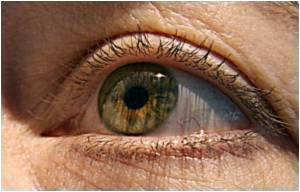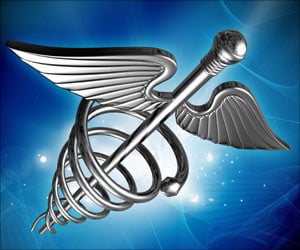
A clinical decision rule is a tool that uses 3 or more variables from the history, examination, or simple tests to predict a diagnosis for a patient. These rules help clinicians make diagnostic or treatment decisions. The investigators had previously developed three clinical decision rules for use in patients with headache to determine which patients require investigation (imaging, lumbar puncture) for subarachnoid hemorrhage.
Jeffrey J. Perry, M.D., M.Sc., of the Ottawa Hospital Research Institute, Ottawa, Canada, and colleagues further studied the 3 rules in a group of neurologically intact patients with acute headache at 10 Canadian emergency departments from April 2006 to July 2010 to determine which might be most useful and accurate.
Among 2,131 adult patients with a headache peaking within 1 hour and no neurologic deficits, 132 (6.2 percent) had subarachnoid hemorrhage. The researchers found that information about age, neck pain or stiffness, witnessed loss of consciousness, onset during exertion, "thunderclap headache" (defined as instantly peaking pain) and limited neck flexion on examination (defined as inability to touch chin to chest or raise the head 3 inches off the bed if supine [lying face upward]), was 100 percent sensitive (detected all cases), but only 15.3 percent specific (designated many patients without SAH as possibly having it). The authors named the rule the Ottawa SAH (subarachnoid hemorrhage) Rule.
The authors write that the rule may provide evidence for physicians to use in deciding which patients require imaging to decrease the relatively high rate of missed subarachnoid hemorrhages.
"These findings only apply to patients with these specific clinical characteristics and require additional evaluation in implementation studies before the rule is applied in routine emergency clinical care."
Advertisement















